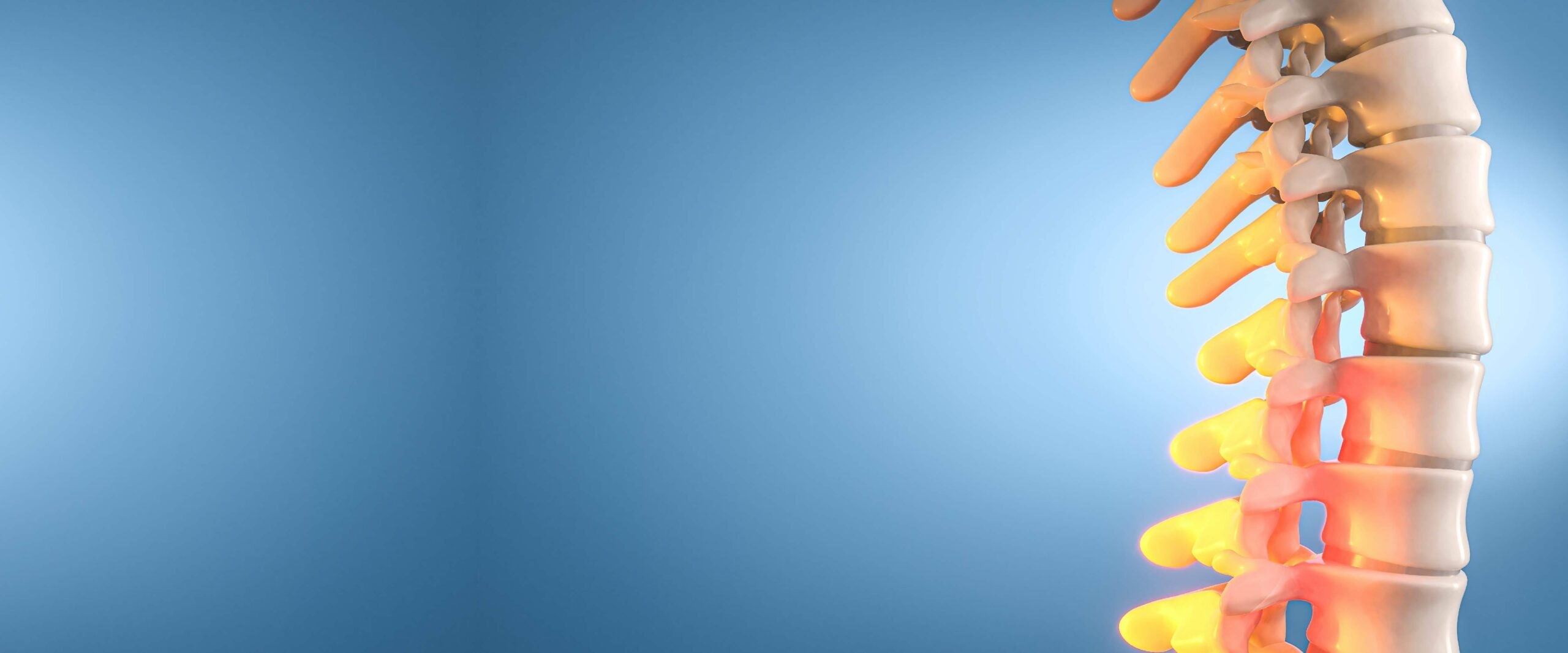
Causes, symptoms, diagnosis, and treatment of lumbar and cervical disc disease
Two of the main causes of persistent back and neck pain worldwide are lumbar and cervical
disc disease.
First Introduction
Particularly in individuals over the age of thirty, spinal health experts note that cervical and lumbar disc illnesses are among the most frequent spinal conditions. These disorders can cause radiculopathy, nerve compression, or perhaps movement problems. Preventing long-term disability and enhancing quality of life depend on an awareness of how these diseases progress and how best to manage them.
Table of Contacts
- What Is Cervical and Lumbar Disc Disease?
- Common Causes and Risk Factors
- Symptoms: Cervical vs. Lumbar Disc Disease
- Diagnostic Tools for Disc Disease
- Treatment Options: Conservative and Surgical
- Prognosis and Prevention Tips
- FAQs on Cervical and Lumbar Disc Disease
Cervical and lumbar disc disease is what?
Cervical and lumbar disc disease refers to the breakdown or bulging of the discs situated between the vertebrae of the spine.
Varieties of Disc Disease:
- Affects the neck area (C1–C7 vertebrae) under cervical disc disease.
- Lumbar disc disease affects the lower back region, specifically between the L1 and L5 vertebrae.
Both forms can compress nerve roots, which would produce numbness, discomfort, and
muscle weakness.
Causes and risk factors
Although age-related degeneration causes disc disease most of the time, various risk factors
hasten its start:
- Degenerative Disc Disease (DDD): Disc wear and strain associated with aging
- Disc Herniation: The nucleus pulposus protrudes outward through a tear or weakness in the annulus fibrosus.
- Repetitive strain, particularly from incorrect lifting methods or extended sitting.
- Natural inclination based on genes.
- Direct spinal damage.
- Inactivity and obesity: Load lumbar and cervical discs more axially.
A symptom is: Disc disease of the lumbar vs the cervical
Depending on the spinal level damaged, disc disease can show differently.
The symptoms of cervical disc disease:
- Radiating neck discomfort to arms or shoulders
- Cervical radiculopathy: causes tingling, numbness, or weakness in the arms and hands.
- Limited neck movement
- Myelopathy — in advanced stages, can cause difficulty with walking and coordination.
The symptoms of Lumbar disc disease:
- Chronic low back pain, often radiating to legs (sciatica)
- Numbness and weakness in the legs and lower body can result from lumbar radiculopathy
- The straight leg raise test, when positive, often signals lumbar disc herniation or irritation of the spinal nerve roots
- In advanced cases, cauda equina syndrome can affect bladder and bowel function.
If you experience any of these symptoms, consult our spine specialist for timely evaluation and care.
Tools for Diagnosis in Disc Disease
Correct diagnosis guarantees efficient therapy preparation.
Essential Diagnostic Techniques:
- MRI (Magnetic Resonance Imaging) – Gold standard for disc herniation and nerve
compression; - For patients who are not eligible for MRI, a CT scan may be used as an alternative.
- X-rays – Useful for measuring spinal alignment and disc height.
- Electromyography and nerve conduction testing aid in quantifying the degree of nerve impairment in cases of radiculopathy.
Available treatments are conservative and surgical:
Conservative Control
Usually, non-surgical treatments help most patients:
- Core stabilization-oriented physical treatment
- NSAIDs or oral corticosteroids to lower inflammation
- Epidural steroid injections for severe nerve pain; under supervision chiropractic
treatment and manual therapy
When Should One Get Surgery?
Surgical intervention comes under consideration when:
- Six to twelve week conservative therapy failure
- Persistent neurological impairments
- Severe or progressive disc herniation
Typical spine surgeries:
- Anterior Cervical Discectomy and Fusion (ACDF)
- Artificial disc replacement is used to treat conditions affecting both the cervical and lumbar areas of the spine
- Lumbar microdiscectomy or laminectomy
To learn more about advanced spine surgery procedures and available treatment options, connect with our expert team.
Prognosis and Prevention Tips
With correct treatment and early detection, most cases with disc disease have a good
outcome.
- Maintaining proper posture, particularly while seated or lifted
- Frequent low-impact exercise (such as swimming or walking)
- Ergonomic chairs and workstations
- A healthy BMI to lower spinal load
- Spinal mobility and stretching exercises
Meet with our spine specialist for expert advice and proactive care to protect your spine health.
Conclusion:
Though complicated, lumbar and cervical disc illnesses are quite manageable spine
conditions. Early recognition of symptoms, accurate diagnosis, and selection of the optimal
treatment strategy will help patients to greatly reduce their pain and increase their
functioning.
Visit our spine expert to investigate your treatment choices if you have ongoing neck or
lower back discomfort.
Make an appointment with our knowledgeable spine experts right now to start along the road
toward a pain-free existence.
Contact the experienced team at MGM Malar – Adyar for support.
Phone Number – 099625 99933
Contact Us
Appointments
Emergency
MGM - Malar Adyar
Old No. 52 New No. 111, 1 st Main Road, Gandhi Nagar, Adyar, Chennai – 600020
At MGM Malar - Adyar Hospital, our philosophy centers on alleviating the apprehension associated with illness. Recognizing that confronting health challenges entails both physical and emotional struggles, our devoted team is steadfast in delivering outstanding healthcare to enhance your overall wellness and alleviate the stress that accompanies medical conditions. Situated in the heart of the city with a 141-bed facility, we are dedicated to supporting you throughout your healthcare journey.










